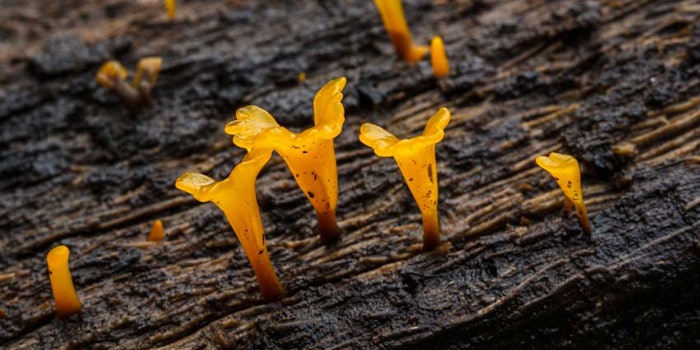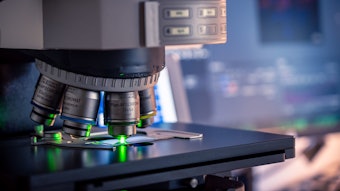
Cosmetic preservatives are the formulator's longstanding pursuit insofar as identifying those with the greatest efficacy that are safe for consumers and label-friendly.
A recent patent disclosure from German-based IMD Natural Solutions describes glycolipid compounds from natural Dacryopinax spathularia jelly fungus that demonstrate preservative and antimicrobial properties.
The Invention
Long chain glycolipids useful to avoid perishing or microbial contamination of materials
U.S. Pat Application 2020/0154708 A1
Pub. date: May 21, 2020
Assignee: IMD Natural Solutions GMBH, Dortmund (DE)
Disclosed in this patent application are new compounds found and isolated from strains of Dacryopinax spathularia, an edible jelly fungus, and other fungal strains belonging to the Dacrymycetaceae family. This class of compounds is not novel but is not previously known in the art for any spoilage/perishing-preventing activity.
According to the inventors, these compounds exhibit a strong inhibition activity against microorganisms responsible for the spoiling or deterioration of both orally consumable products, such as food products and beverages, and cosmetic compositions. For example, an extract of Dacryopinax according to the present invention shows a broader activity spectrum than corresponding single components of the produced glycolipid complex that have been isolated to purity. Such multi-component mixtures exhibit remarkable long-term activity against numerous microbes, including Zygosaccharomyces and Bacillus species.
Structure Specifics
Although the mechanism of action for the glycolipids is unknown, these compounds can be considered as biosurfactants and, additionally, could influence the cell membranes of microorganisms. The structures of glycolipids previously named in the art differ significantly from the present invention, which comprises: a long chain fatty acid with at least 20 carbon atoms; a carbohydrate moiety not attached to the acid group; an alpha hydroxyl group; and at least one further hydroxyl group in the "center" of the fatty acid carbon chain, clearly separated from both the alpha position and the glycosyl substituent (see structural depiction in the full patent).
More specifically disclosed are compounds that are esterified in their carbohydrate moiety by acids other than acetic; especially those esterified by isovaleric acid, which are not known in the art and thus novel.
Patent accessed on June 16, 2020.










